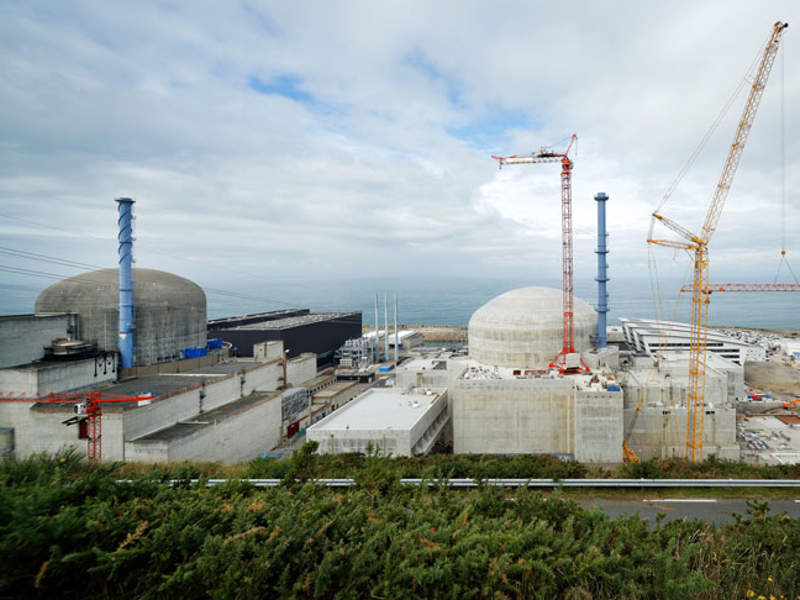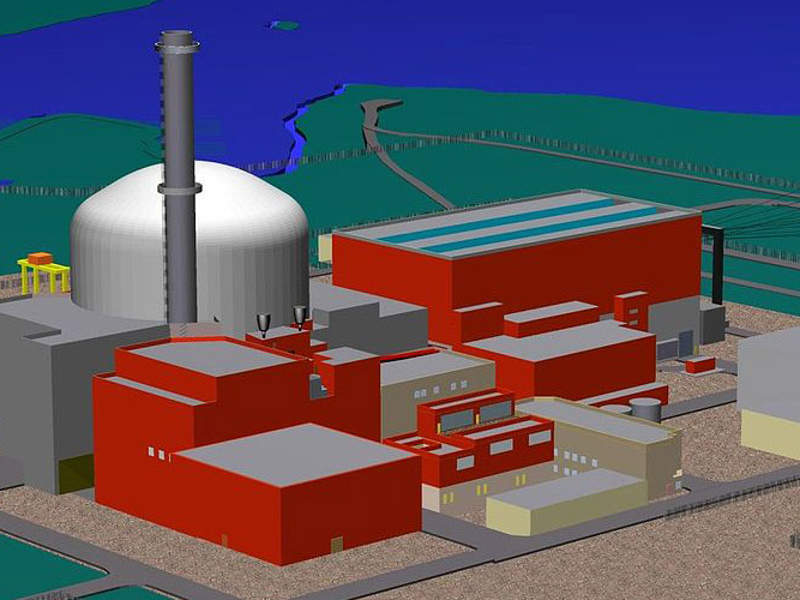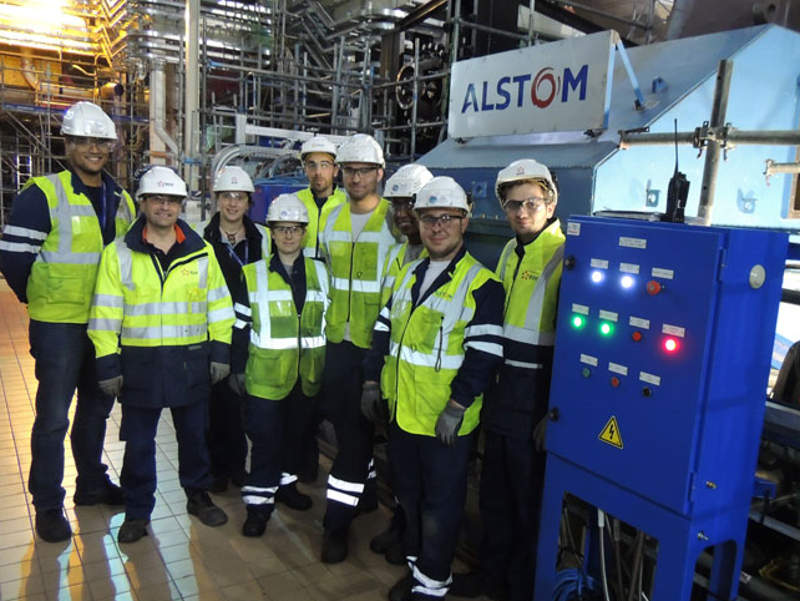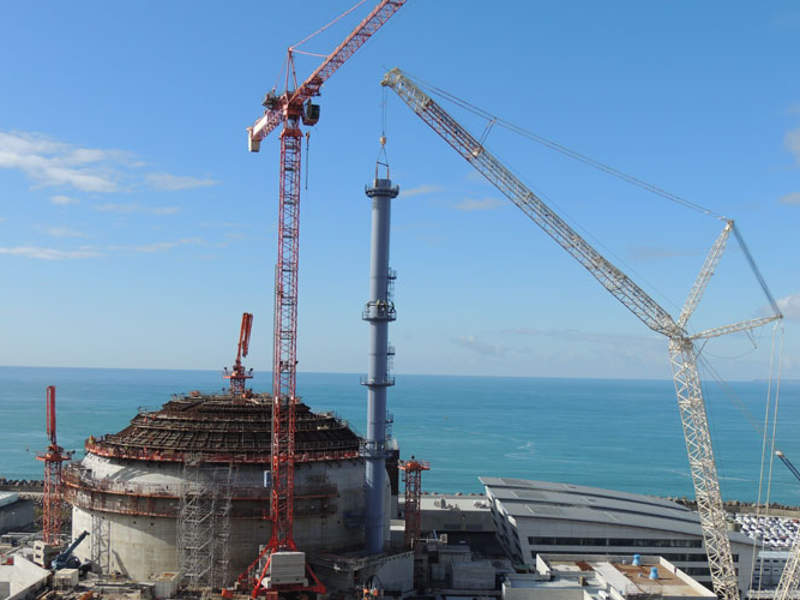Électricité de France (EDF) is adding a new 1,570MW European Pressurised Water Reactor (EPR) to its Flamanville nuclear power plant in Normandy, France. Designated as Flamanville 3, the new reactor is the first third-generation plant to be developed in the country.
The €10.5bn ($12.38bn) project is estimated to have a thermal output of 4,300MWth and can generate 13TWh of electricity a year.
The construction license for the Flamanville 3 project was granted by the French Government in April 2007, and construction works began in December 2007. The reactor is expected to load first fuel and start up in the fourth quarter of 2018.
The project is expected to employ 2,500 people during peak construction.
Flamanville 3 project details
The Flamanville nuclear power plant includes two 1,330MW pressurised water reactors (PWRs), working since 1986 and 1987.
The Flamanville 3 project is a part of EDF’s investment plan aimed at replacing 58 of its existing reactors with EPR nuclear reactors from 2020. It will be the first project to introduce an EPR reactor, which was designed and developed by Areva and EDF.
The plant will be equipped with Alstom’s ARABELLE steam turbine, which offers optimal solutions for nuclear reactors from 900MW to 1,800MW. The turbine is expected to operate at a reliability rate of 99.96% for more than 400,000 hours.
The project is expected to use 32Mt of uranium oxide (UO₂) a year to generate a net output of 1,570MW.
Nuclear power plant make-up
The EPR design for the Normandy plant is drawn from the Konvoi (Siemens) and N4 (AREVA) reactors. It unites the active and passive safety systems to improve safety and offers enhanced process control.
The advanced reactor utilises improved thermal efficiency and uranium utilisation methods to achieve reduced fuel consumption per kilowhatt-hour as well as less manufacturing of long-life waste products.
The EPR reactor is expected to achieve 91% capacity utilisation and have a service life of 60 years. It will decrease fuel consumption by 17% at an average sustained rate of power generation compared to the conventional 1,300MW reactors.
The reactor is also equipped with all the recent advances in the areas of environmental protection, technical performance and economic efficiency, which are required for delivering safe and competitive power without emitting greenhouse gases.
Safety measures at Flamanville 3
The EPR reactor comprises four redundant trains, each capable of fulfilling one of the two essential safety functions of stopping the nuclear reaction and cooling the reactor.
The reactor provides greater resistance to aeroplane crashes and seismic tremors. It also includes a special compartment, which isolates the molten core, reducing the risk of core molten and the consequences of such accidents.
Construction of Flamanville 3
Liner preparation works of the Flamanville 3 project started in May 2008, and the first turbine hall support column was erected in June 2008.
Major works during 2009 and 2010 included the welding of the first equipment supports as well as the delivery of the first auxiliary equipment (tanks, pumps and valves) and the instrumentation and control system.
The heat exchangers and safety injection system accumulators (RIS) were installed between March and June 2011. The three segments of the reactor’s main stack were erected in October 2015.
Mechanical erection of the EPR’s main primary circuit, which include four steam generators, reactor vessel, pressuriser and reactor coolant pumps, was completed in March 2016.
System performance testing of the plant was initiated in March 2017 and was expected to extend until the last quarter of 2018.
Contractors involved
AREVA was awarded the design contract for the nuclear steam supply system (NSSS) of the EPR unit in September 2005.
Alstom is the supplier of the turbine generator, while Bouygues was awarded the civilworks contract in a consortium with Quille Construction and DTP Terrassement.
Sarens is providing logistics, engineering, heavy lift and special transport services.







